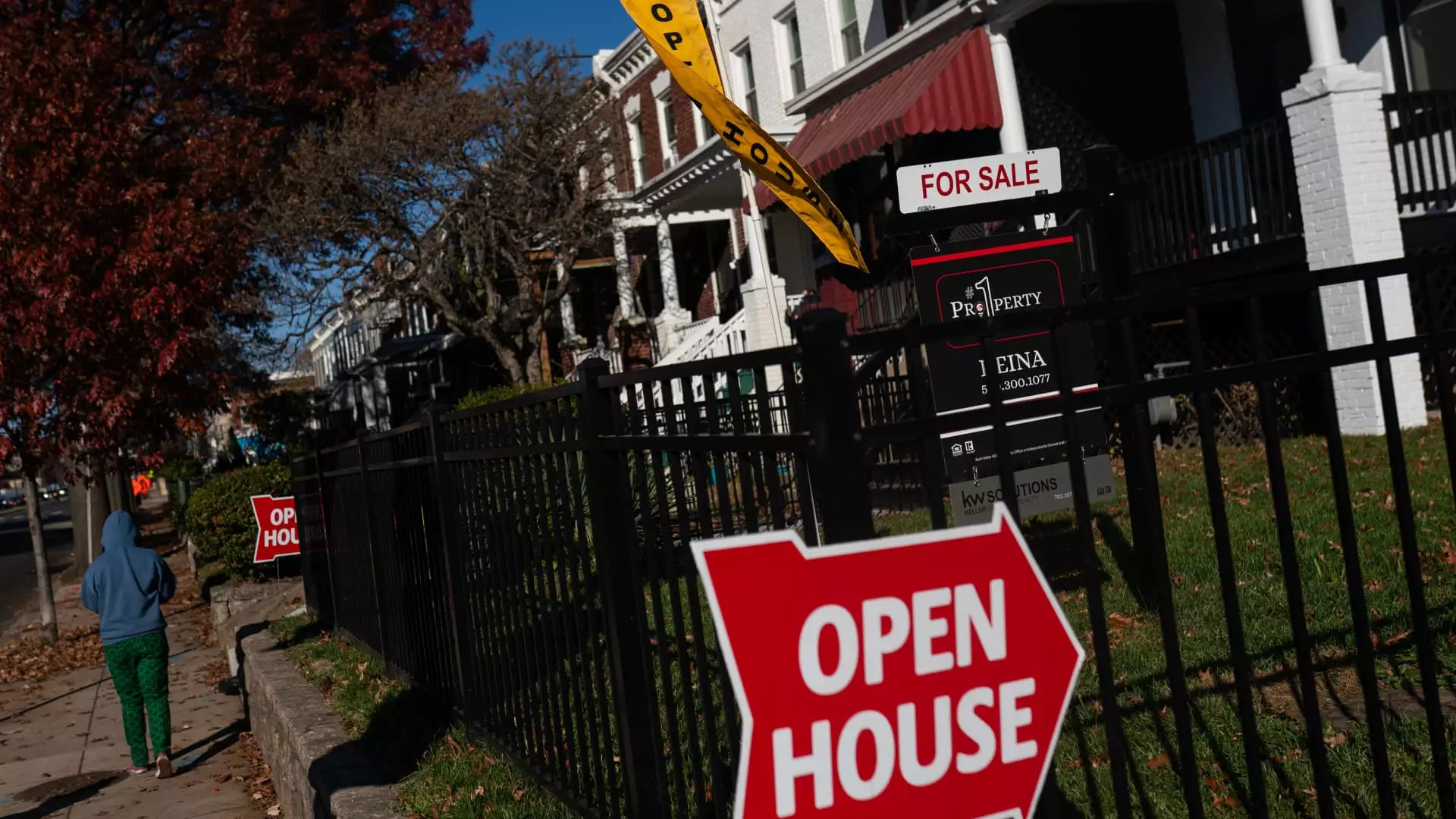When Wes Moore, the Governor of Maryland, was merely eight years old, his mother considered the unlikely option of sending him to military school as a corrective measure. At the age of 13, that plan bore fruit, leading him to a school in Pennsylvania, albeit after a rocky start marked by multiple escape attempts. His eventual acknowledgment of the school’s transformative impact on his life reveals a fundamental tenet: sometimes, hardship can yield unexpected growth. This narrative might resonate with many today who find themselves grappling with daunting challenges, particularly within the housing market. While Moore ultimately found his footing, the circumstances under which many struggle are not mere anecdotal stories; they represent a collective crisis affecting countless American families today.
Moore’s journey underlines one glaring fact: the privilege of stepping into opportunities often hinges on socioeconomic status. As he explains the sacrifices his grandparents made to facilitate his education—taking financial risks against their American Dream—we’re reminded that achieving aspirations frequently requires supportive networks. In much the same way, the journey toward homeownership is increasingly perceived as a luxury rather than an attainable goal.
Housing as the Bedrock of Wealth
According to Moore, housing is not only a shelter but an asset that underpins one’s security and provides opportunities for future generations. The nuance of his perspective warrants deeper examination: housing has historically functioned as a springboard for wealth accumulation in America. It’s a timeless adage—it’s not what you earn, it’s what you keep. For many, homeownership serves as that foundational keystone, offering both stability and an opportunity for appreciation.
Yet the statistics confirm an alarming trend: the mounting inability of many, particularly young families and first-time buyers, to access this pivotal asset is both frustrating and disheartening. In a world where 30% of young Marylanders express an intent to flee due to spiraling housing costs, one can’t help but think that the American Dream is morphing into an elusive mirage for an entire generation. This is not merely sentiment; it’s a stark reality as evidenced by data from institutions like the Harvard Joint Center for Housing Studies. With homeownership rates for Americans aged 35 to 44 dropping drastically since 1980, the aspiration for many seems to be slipping away.
The Generational Wealth Gap Deepens
A palpable generational divide now characterizes the housing landscape. Reports highlight an alarming divergence between today’s median incomes and the skyrocketing home prices—each widening the chasm of opportunity further. Those aged 35 to 44 are not only less likely to own homes compared to their peers 45 years ago, but they are also forming households at a diminishing rate. What does this ultimately signal about the future for them and their families? The data reveals a grim prospect: wealth accumulation through home equity, a pathway previously well-trodden, is giving way to a new normal marked by instability.
This erosion of opportunity is disproportionately affecting lower-income households and individuals from minority communities, compounding the existing socioeconomic divides. A mere glance at the homeownership figures by racial groups demonstrates this disheartening reality. With the Black homeownership rate languishing below 50%, long-established cycles of renting instead of owning become self-reinforcing barriers—each generation facing greater obstacles than the last.
Policy Solutions or Endless Stalemate?
The conversation surrounding these systemic failures has reached a critical juncture—one where policy intervention can either steer us back toward equity or reinforce existing inequities. Ideas such as targeted educational initiatives, down payment assistance programs, and lifting zoning restrictions represent potential catalysts for change. However, given the current political climate, the optimism around enacting such progressive changes feels precarious at best.
Critically, as we consider the long-term implications of inaction, we must be aware of the proverbial ticking clock. Time is running out for many young families hoping to secure a foothold in a housing market that seems to be moving further away from them. If policymakers lack the urgency to take decisive action, we risk cementing a narrative where homeownership is a luxury reserved for the few, fundamentally altering the fabric of American life.
Certainly, the struggle for homeownership reflects broader issues of economic disparity, and it requires more than a passing acknowledgment of the challenge at hand. It calls for a concerted effort to reform the systems that have historically favored a segment of the population while leaving the rest to grapple with unattainable dreams. Today, we stand at a crossroads, facing an imperative to catalyze meaningful change before many are left behind—once again.

